Rock Samphire: Mediterranean Plant and Secret Ingredient of Greek Cuisine
Many times we enter a local shop in Greece and see various plants packed in jars or bags but we do not know what is inside. Due to the unfamiliarity of the language for both us and the sellers, we cannot even find out, so in the end we give up. We buy what is somewhat familiar to us….
Sea fennel or rock samphire is probably one of those things.
Having spent years in Greece, we accidentally found out and tried this plant, and only then did we realize that it is being sold and worth trying. Some of our associates have been preparing it regularly since then, as part of winter food.
What is Rock Samphire?
Rock samphire or sea fennel is an edible wild plant traditionally abundant along the rocky shores of the Mediterranean, as well as on the coasts of Britain and Ireland.
Its scientific name is Crithmum Maritimum, but it is also known as “sea fennel, samphire, rock samphire” in English, and its name “kritamos” in Greek, derived from the ancient Greek word for barley, “krithmon”, due to the similar shape of the seeds of both plants.
It grows on the coasts of most of Europe (north to the British Isles), parts of Western Asia, and North Africa on the shores of the Atlantic, Mediterranean, and Black Seas.
You will surely recognize it during your summer vacation on the rocks around the beaches.
It is harvested in May when the plant’s leaves are young and thin. Later, the leaves thicken and are not suitable for use or processing.
Properties
Its therapeutic values have been known since Antiquity, and in many ways, this plant is associated with ancient Greece.
- It is mentioned in myths about Prometheus.
- Hippocrates recommended it as a diuretic and as a plant for detoxifying the body from poisons.
- Dioscorides, the father of pharmacology, praised the properties of sea fennel, and
- Pliny, the renowned botanist and author of natural history, mentioned it.
- while sailors in the Mediterranean ate it to protect themselves from scurvy.
Sea fennel is primarily known for its high iodine content.
Today, it is becoming increasingly recognized in the scientific community for its nutritional value, leading scientists to characterize it as the “food of the future.”
It is rich in antioxidants, with anti-inflammatory and anti-aging properties.
It is also used in cosmetics, as it is said to give a healthy glow to the skin by promoting collagen and elastin production. It is also valued for its essential oils and mineral salts, mostly iodine, as well as vitamins C, E, and K, carotenoids, flavonoids, and omega-3 fatty acids. Sea fennel is a very healthy plant.
Using Rock Samphire in the Kitchen
Top chefs worldwide appreciate it for its wide use in gastronomy and add it as a secret ingredient that gives a special “note” to dishes.
In Greek cuisine, it is used in salads as a fresh ingredient (usually in small amounts), in olive oil, or most commonly pickled. It is also added as a flavoring for various dishes, giving them an interesting dimension.
In taverns serving meze, pickled sea fennel is served on small plates. The taste varies from slightly to very sour, depending on the taste of the maker and the region where you try it.
Recipes for preparing Rock Samphire
If you come across this plant during your stay in Greece in May and early June, you can prepare it yourself. It is important to emphasize that only young leaves are harvested while they are thin, leaves that have become fleshy are not harvested.
How to make kritamos salad
The leaves and twigs are briefly blanched and then seasoned with olive oil and squeezed lemon juice.
A recipe for preparing pickles Rock Samphire.
The recipe for pickling is very simple, like for gherkins or pepperoni.
- Wash the picked leaves well in water, then soak for 1 to 2 minutes in boiling water.
- Drain and then soak in cold water.
- After blanching, arrange the sea fennel in jars.
- if you like, you can add chopped garlic to the jars.
- Prepare 1.5 liters of water with 50ml of vinegar and 3 tablespoons of salt separately.
- Mix the mixture well to dissolve the salt and then pour it into the jars.
- Close the jars and leave for at least 7 days.
After 7 days, you can use it as an addition to salads and dishes or simply nibble on it. Keep the open jar in the refrigerator.
Enjoy your meal.
We hope we have helped you recognize and try it when you come across a jar of herbs in Greece.
The jar in the picture is sea fennel from Crete, but smaller jars are also available for purchase, and many taverns serving meze prepare and serve sea fennel themselves.
Watch the video about rock samphire and you can find many interesting things on our YouTube channel.
We are always here to help you explore Greece! Follow us for the latest information, useful tips and authentic experiences to spend an unforgettable vacation in Greece!
We offer over 3,000 accommodations. Choose the right one for you and your family HERE.
Follow us on social networks where we regularly share exclusive offers, discounts and special arrangements for vacations in Greece as well as information, advice and useful news.
Facebook:Nikana.gr
Instagram: @nikana.gr
Tiktok: nikana.gr
Facebook grupa: Live from Greece
YouTube kanal @NikanaTravel
Write to us at e-mail: nikana@nikana.gr
Our site nikana.gr is the leading source of information about Greece.

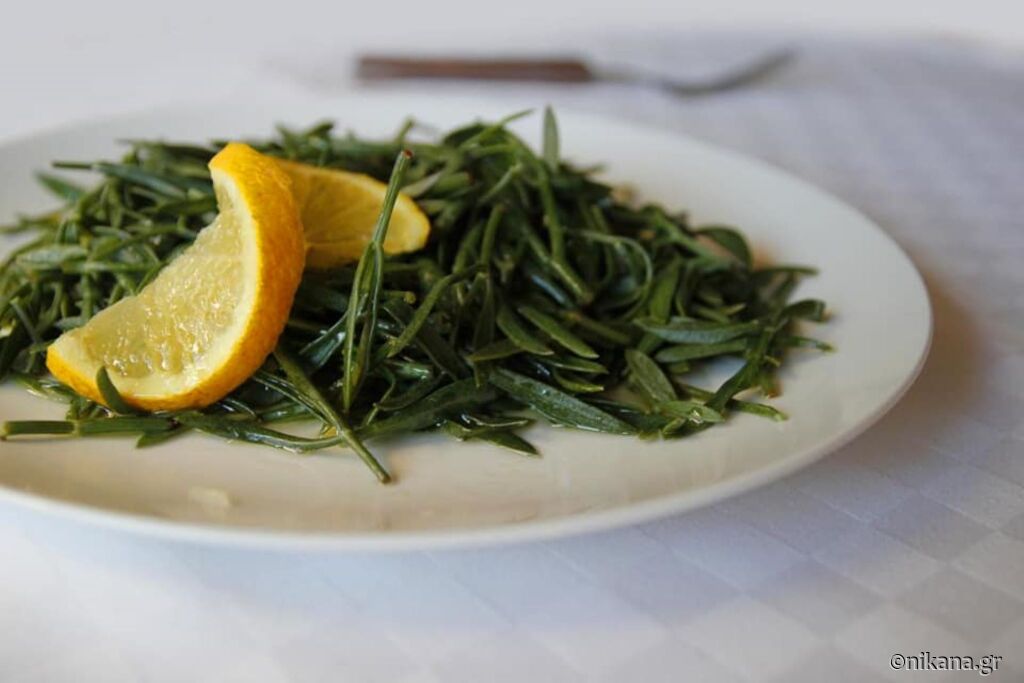
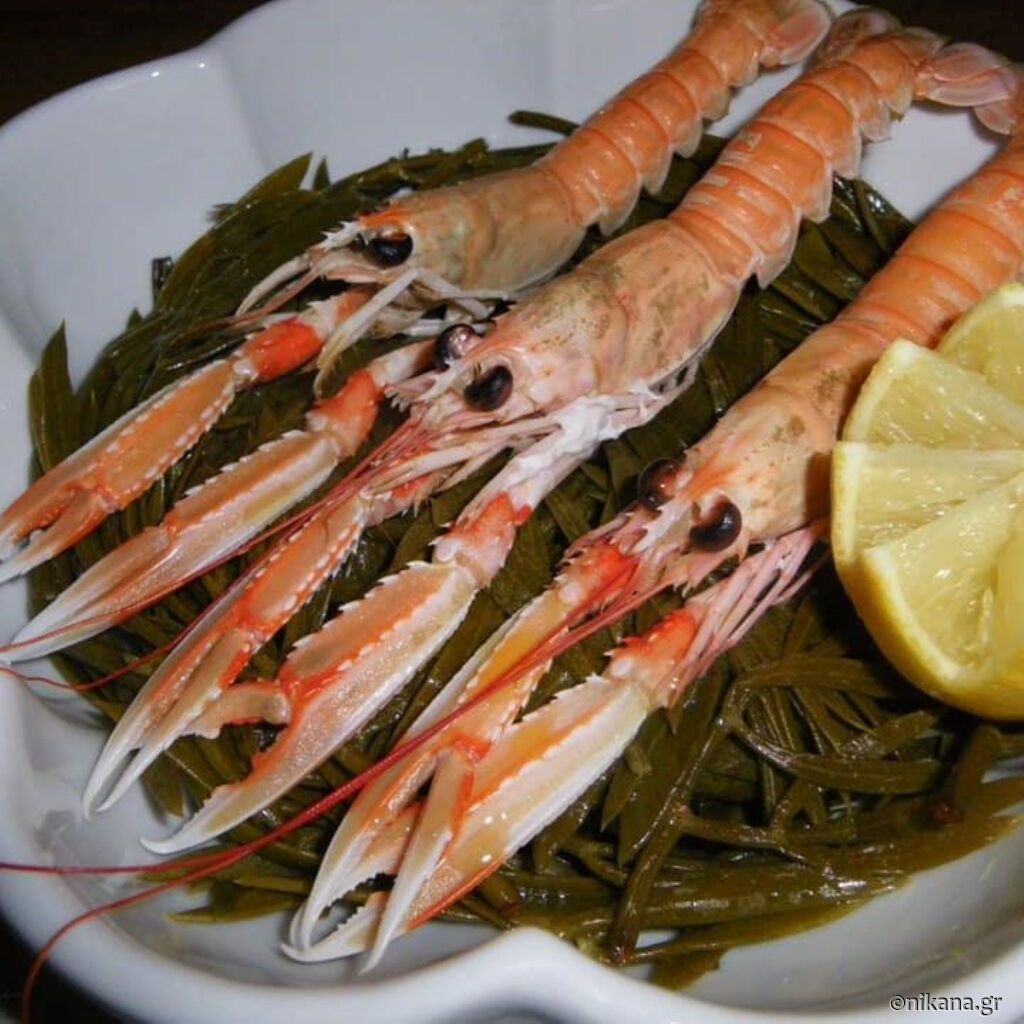
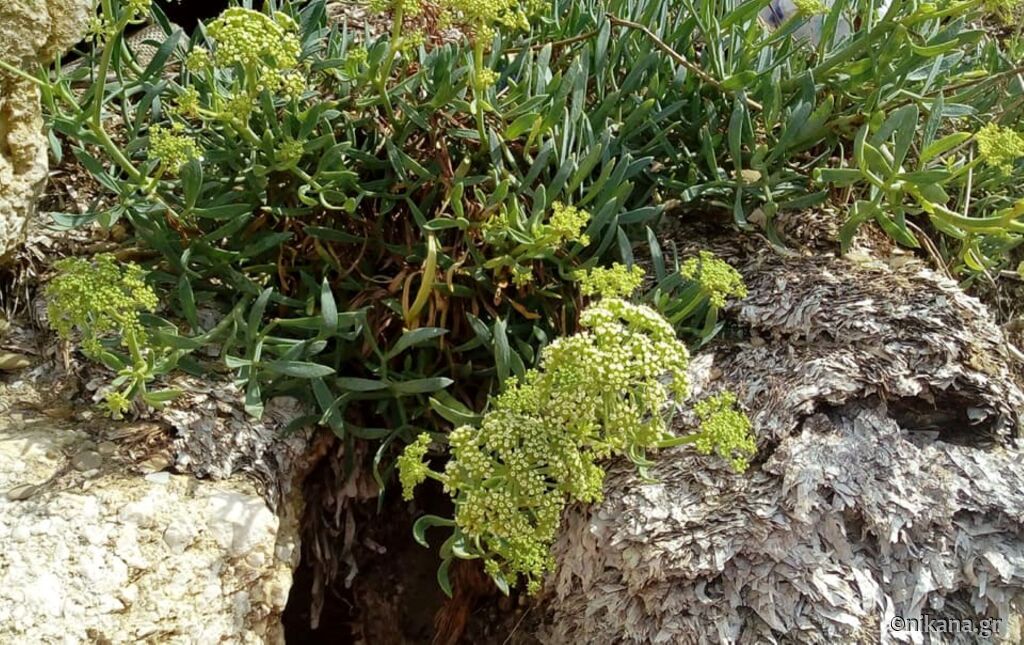
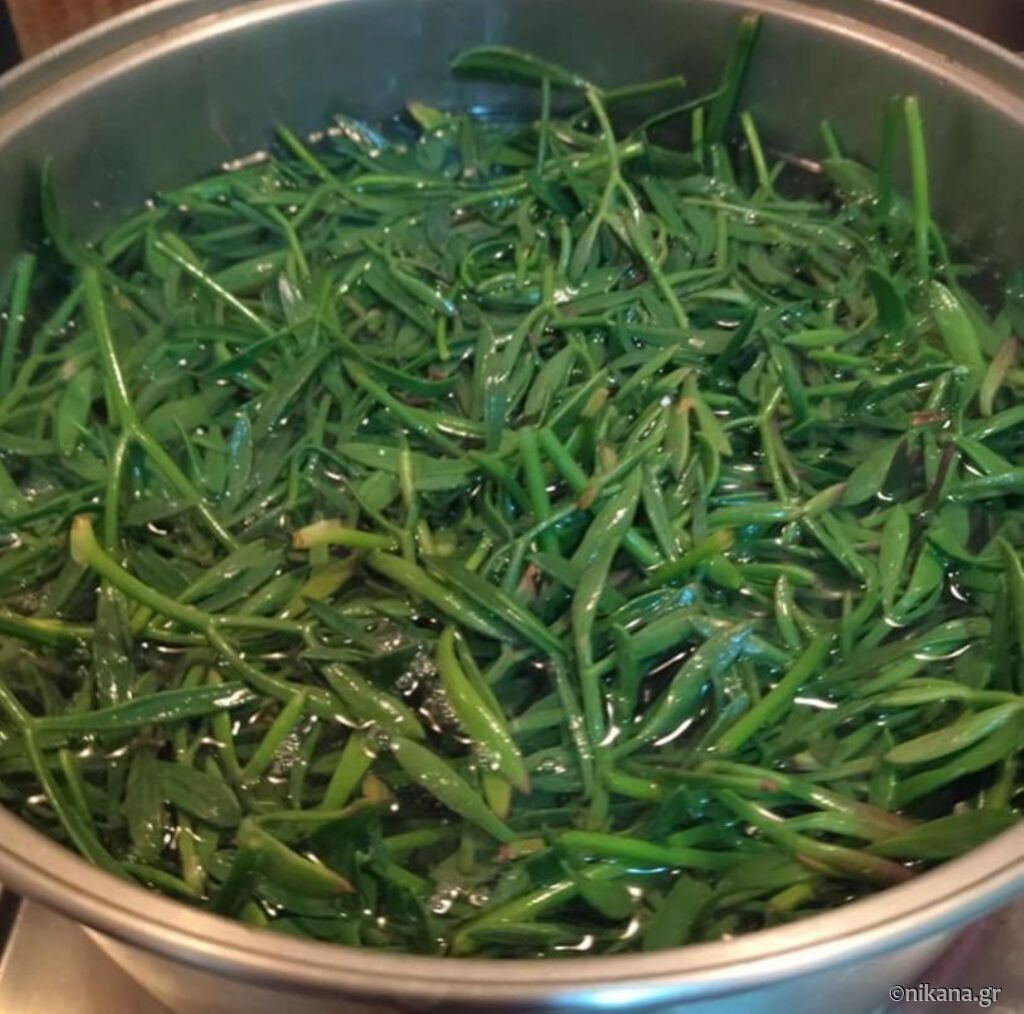

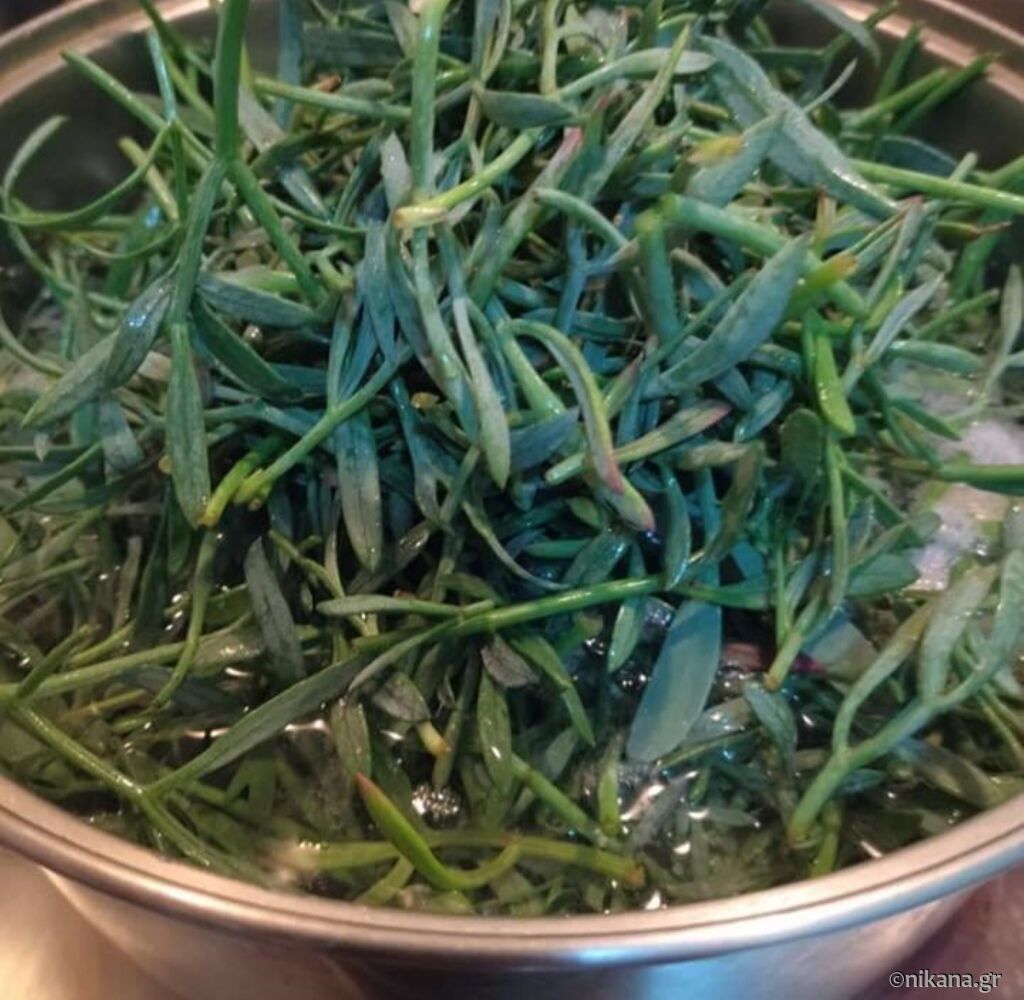
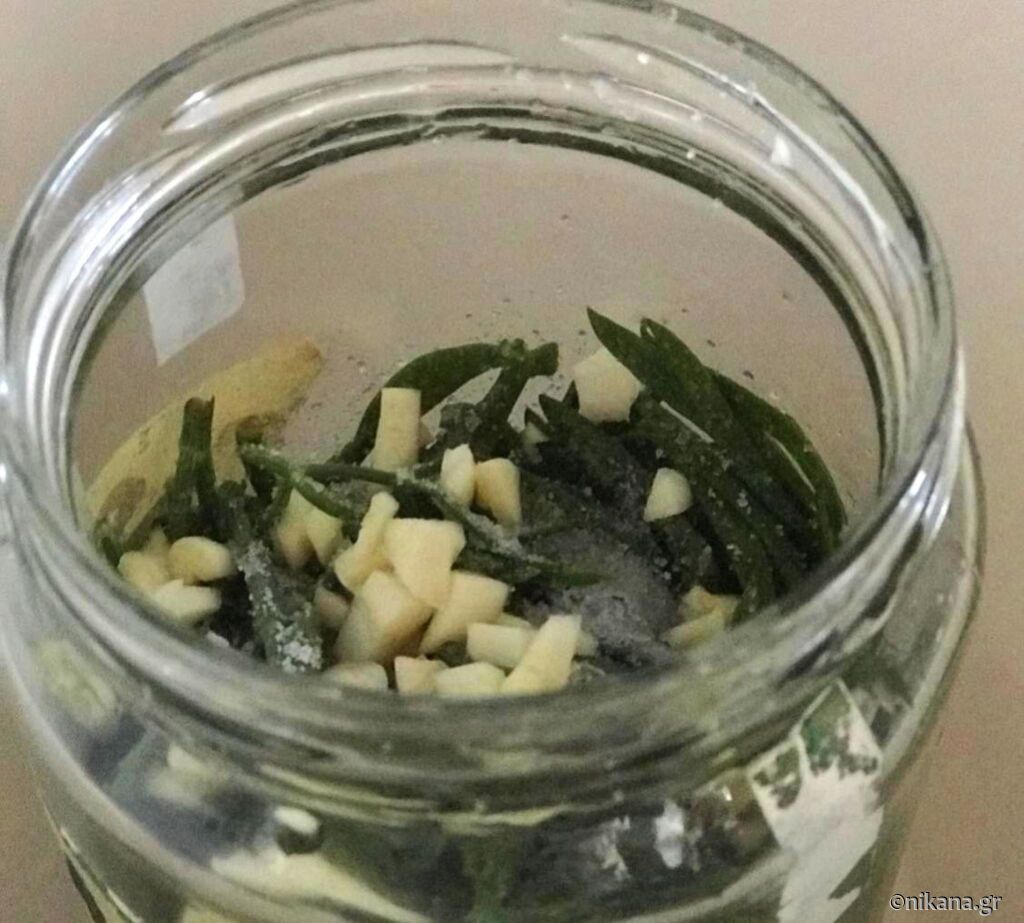











Post a Comment
NOTE
All your questions in the comments will receive an answer via email so check your inbox shortly after you posted comment. For more detailed questions and responses, contact us via mail nikana@nikana.gr.